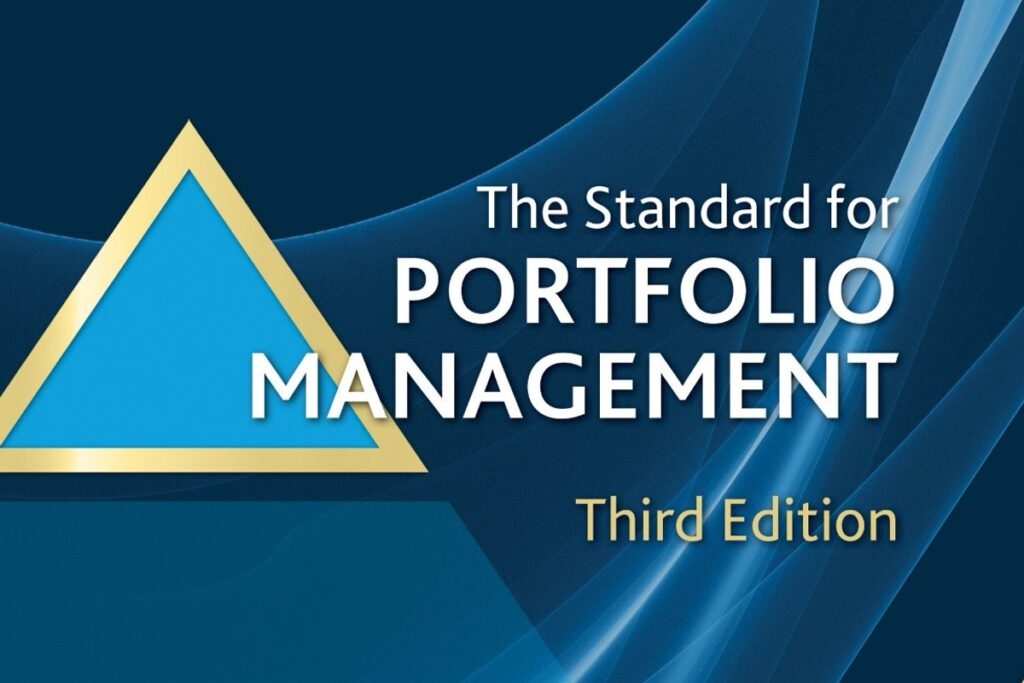The Project Management Body of Knowledge (PMBOK®) Fifth Edition, published by the Project Management Institute (PMI) in 2013, served as a major milestone in the evolution of project management standards. This edition provided a more mature, structured approach than its predecessors and introduced important conceptual shifts that prepared the discipline for modern challenges.
Despite being succeeded by newer editions, PMBOK 5 remains a crucial reference for professionals working within traditional project environments or pursuing legacy PMP certifications.
Core Framework of PMBOK 5
PMBOK 5 retained PMI’s widely adopted process-based framework. Its structure includes:
- 5 Process Groups:
- Initiating
- Planning
- Executing
- Monitoring & Controlling
- Closing
- 10 Knowledge Areas:
- Integration Management
- Scope Management
- Time Management
- Cost Management
- Quality Management
- Human Resource Management
- Communications Management
- Risk Management
- Procurement Management
- Stakeholder Management (new in this edition)
- 47 Processes:
Each process includes Inputs, Tools & Techniques, and Outputs (ITTOs), offering a systematic roadmap for delivering projects.
What’s New in PMBOK 5
1. Addition of Stakeholder Management Knowledge Area
- This was the most notable change. Previously treated as part of Communications Management, stakeholder engagement gained its own knowledge area with four dedicated processes:
- Identify Stakeholders
- Plan Stakeholder Management
- Manage Stakeholder Engagement
- Control Stakeholder Engagement
- This reflected the increasing importance of active engagement with stakeholders, beyond simple communication.
2. Process Additions and Refinements
- PMBOK 5 added five new processes, including:
- Plan Scope Management
- Plan Schedule Management
- Plan Cost Management
- Plan Stakeholder Management
- Control Stakeholder Engagement
- These additions enhanced planning and monitoring rigor.
3. Standardization and Clarifications
- Improved consistency in naming conventions and inputs/outputs.
- Clearer delineation between planning vs. execution activities.
Strengths of PMBOK 5
✅ Structured and Comprehensive
- PMBOK 5 offered a complete guide to project management fundamentals, ideal for traditional, predictive (waterfall-style) environments.
- The guide’s linear structure provided a clear roadmap for novice and experienced project managers alike.
✅ Global Standard
- Became a worldwide benchmark for project management practices, influencing organizations, governments, and academia.
✅ PMP Certification Foundation
- Served as the official guide for the PMP® exam for several years, helping shape an entire generation of certified project managers.
✅ Stakeholder Emphasis
- Recognized that successful projects depend not just on technical delivery but also on managing expectations and relationships.
✅ Common Language and Terminology
- Promoted consistency in vocabulary, improving communication across industries and geographies.
Limitations of PMBOK 5
❌ Overly Prescriptive
- The heavy focus on processes and documentation led to criticism of being too rigid and bureaucratic, especially for dynamic industries like software or startups.
❌ Limited Agile Coverage
- In 2013, agile was already well-known, but PMBOK 5 offered no significant content on adaptive or iterative methods.
- Agile was treated as an external methodology, rather than an integral part of project management.
❌ Complex and Dense
- For beginners, navigating 47 processes with detailed ITTOs was often overwhelming.
- Real-world applicability required practical interpretation rather than literal implementation.
❌ One-Size-Fits-All Assumption
- Although tailoring was possible, the standard presented itself as universally applicable, which didn’t resonate with every industry.
Usefulness in Modern Context
Even in 2025, PMBOK 5 holds relevance for:
- Government and infrastructure projects with strict compliance and documentation requirements.
- Organizations with legacy PMOs still using Fifth Edition processes.
- Academic programs teaching foundational frameworks.
- Professionals preparing for PMP exams based on older syllabi.
However, it is less suited for:
- Agile teams or digital product development
- Startups and innovation-focused environments
- Projects requiring high flexibility and rapid iteration
Legacy and Transition
PMBOK 5 laid the groundwork for PMBOK 6’s improvements:
- PMBOK 6 added agility, leadership emphasis, and better stakeholder integration.
- PMBOK 7 then reimagined the entire model by replacing process thinking with principles and outcomes.
Yet PMBOK 5 remains:
- A critical stepping stone in PMI’s evolution.
- A model of discipline and rigor.
- A guide to understanding the roots of project management as a formal profession.
Final Verdict
The PMBOK® Guide – Fifth Edition was a well-structured, detail-oriented framework that served as the global reference point for traditional project management. Its introduction of Stakeholder Management and process refinements showed PMI’s responsiveness to real-world needs. While not suited to agile or adaptive environments, PMBOK 5 was an indispensable manual for industries demanding consistency, predictability, and control.
As a historical and academic reference, PMBOK 5 represents the maturity of traditional project management thinking at its peak—prior to the agile and digital transformation wave that followed.




